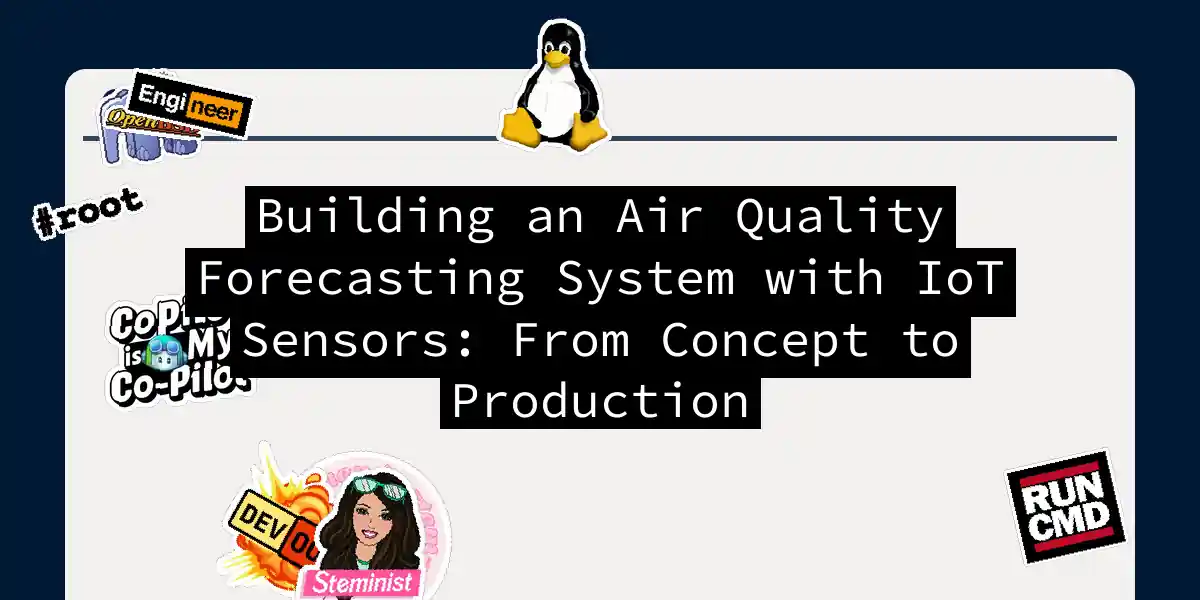
Avoiding Cloud Services When On-Premise Solutions Are Better
The Cloud Isn’t Always the Answer (Shocking, I Know) There’s a running joke in the tech industry that every infrastructure problem can be solved by “moving it to the cloud.” Need better performance? Cloud. Worried about security? Cloud. Your coffee’s cold? Definitely cloud. But here’s the thing nobody’s talking about loudly enough: sometimes the cloud is just… overengineering masquerading as innovation. I’ve watched companies burn millions on cloud migrations that made their infrastructure worse....



